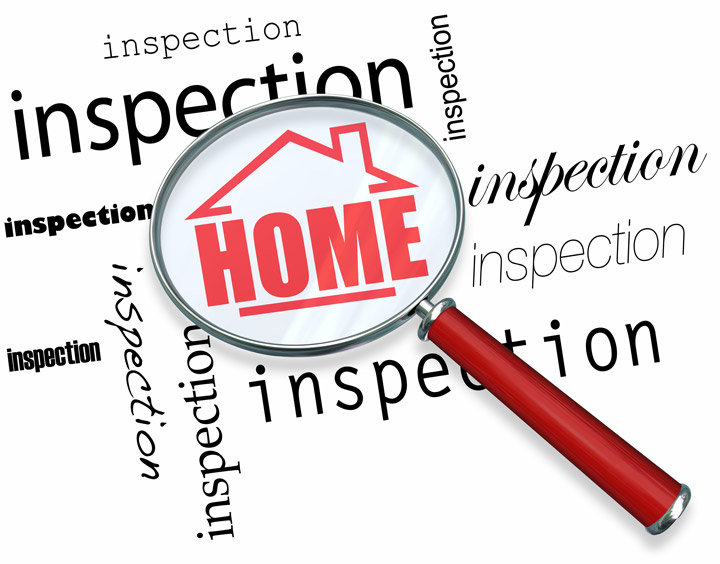
Real Property Appraisals: A PrimerPurchasing real estate can be the largest financial decision most people could ever encounter. Whether it's a main residence, a second vacation home or an investment, purchasing real property is a detailed transaction that requires multiple people working in concert to make it all happen. Most people are familiar with the parties having a role in the transaction. The real estate agent is the most familiar person in the transaction. Next, the bank provides the money needed to fund the exchange. And ensuring all requirements of the exchange are completed and that the title is clear to pass to the buyer from the seller is the title company. So, who makes sure the value of the property is consistent with the purchase price? In comes the appraiser. We provide an unbiased opinion of what a buyer could expect to pay — or a seller receive — for a property, where both buyer and seller are informed parties. A licensed, certified, professional appraiser from N W Appraisals will ensure, you as an interested party, are informed. The inspection is where an appraisal beginsOur first responsibility at N W Appraisals is to inspect the property to determine its true status. We must see aspects of the property hands on, such as the number of bedrooms and bathrooms, the location, amenities, etc., to ensure they truly are present and are in the shape a typical buyer would expect them to be. To make sure the stated size of the property has not been misrepresented and convey the layout of the property, the inspection often entails creating a sketch of the floorplan. Most importantly, we look for any obvious amenities - or defects - that would have an impact on the value of the property. Following the inspection, we use two or three approaches to determining the value of the property: sales comparison and, in the case of a rental property, an income approach. 
Replacement CostThis is where the appraiser gathers information on local building costs, the cost of labor and other factors to determine how much it would cost to construct a property comparable to the one being appraised. This estimate usually sets the upper limit on what a property would sell for. The cost approach is also the least used method. 
Paired Sales AnalysisAppraisers are intimately familiar with the subdivisions in which they appraise. They thoroughly understand the value of particular features to the people of that area. Then, the appraiser researches recent sales in close proximity to the subject and finds properties which are 'comparable' to the home in question. Using knowledge of the value of certain items such as upgraded appliances, additional bathrooms, additional living area, quality of construction, lot size, we adjust the comparable properties so that they more accurately portray the features of subject property.
A valid estimate of what the subject could sell for can only be determined once all differences between the comps and the subject have been evaluated. At N W Appraisals, we are experts in knowing the value of particular items in Sandpoint and Bonner County neighborhoods. The sales comparison approach to value is most often given the most importance when an appraisal is for a real estate exchange. Valuation Using the Income ApproachIn the case of income producing properties - rental houses for example - we may use an additional approach to value. In this scenario, the amount of income the real estate yields is taken into consideration along with income produced by neighboring properties to determine the current value. Arriving at a Value ConclusionExamining the data from all applicable approaches, the appraiser is then ready to state an estimated market value for the subject property. The estimate of value at the bottom of the appraisal report is not always the final sales price even though it is likely the best indication of what a property is worth. There are always mitigating factors such as the seller's desire to get out of the property, urgency or 'bidding wars' that may adjust the final price up or down. Regardless, the appraised value is often used as a guideline for lenders who don't want to loan a buyer more money than they could recover in case they had to put the property on the market again. It all comes down to this, an appraiser from N W Appraisals will help you get the most accurate property value, so you can make wise real estate decisions. |